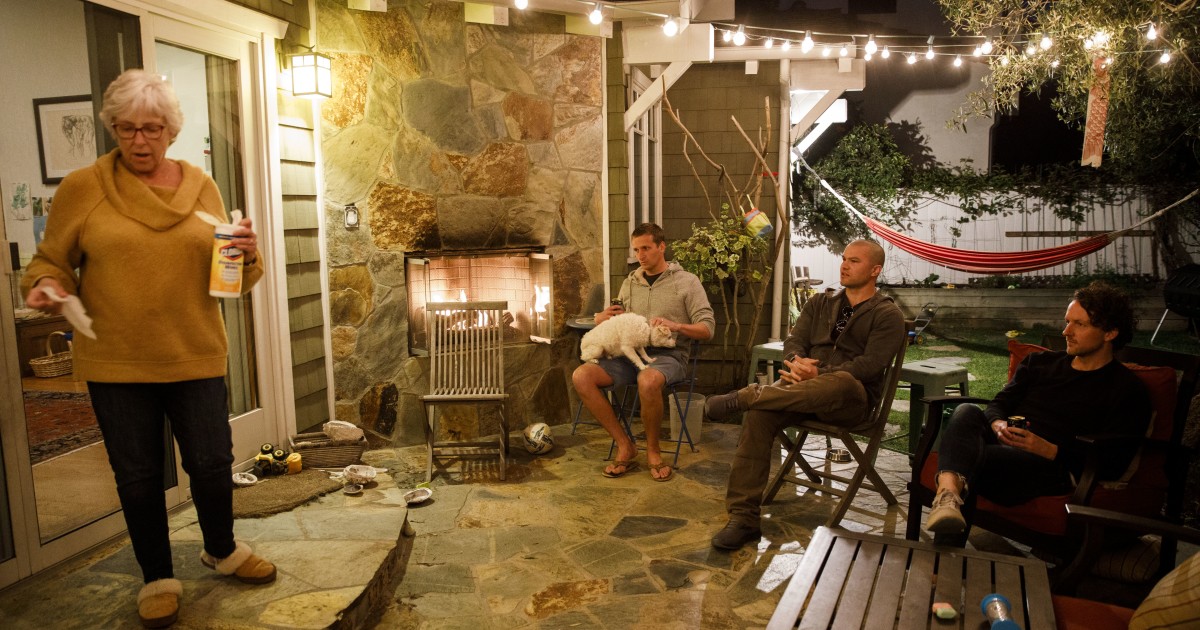Your willpower is fraying. Mine is too.
For two months we’ve been good. We’ve Zoomed. We’ve FaceTimed. We’ve waved at neighbors from across the street and behind the fence.
But enough is enough. We want to see friends and family in real life.
Now many of us are allowing cracks to form in our protective coronavirus fortresses, crossing our fingers while doing our best to mitigate the risk.
We let our kids ride their bikes together, as long as they wear their masks. We invite friends into our yards for drinks, being careful to set the chairs six feet apart.
Get our free Coronavirus Today newsletter
Sign up for the latest news, best stories and what they mean for you, plus answers to your questions.
You may occasionally receive promotional content from the Los Angeles Times.
We experiment with picnics and social distancing walks. We make pacts: I won’t see anybody and you won’t see anybody and that way we can see each other. Right? Maybe? No?
Los Angeles County health officials are still advising people to resist the urge to visit friends and family, even from a distance of six feet.
“We are recommending that you continue to do your distancing in the same ways that we’ve recommended before, using technology,” Barbara Ferrer, the county’s director of public health, said Friday. “We are not recommending at this point in time that people should be in social units together.”
Elsewhere, however, public health experts acknowledge that even rule followers are likely to experience quarantine fatigue and are looking for ways to cheat as safely as possible.
Dr. Mary Bassett, a former health commissioner for New York City and professor at Harvard’s T.H. Chan School of Public Health, said she expects people will soon begin to expand their “cone of safety” beyond households, whether or not public health officials think it’s a good idea.
“Regardless of what we tell them, people will try to rank their risk,” Bassett said. “Whether outdoor activities are safer than indoor activities, does it make sense to expand the circle of people I see — these are the things people are going to want guidance on.”
The hard truth remains that just as abstinence is the the only surefire way to avoid a sexually transmitted disease, the best way to protect ourselves from the coronavirus is by remaining physically isolated from one another. But for many of us, and for a variety of reasons, that may be an impossible standard to maintain.
So, if you must see friends, how can you tell if an activity is high-risk or low-risk?
A general rule of thumb is that outdoors tends to be better than indoors, small groups are better than large groups and a shorter period of time is better than a longer one, said Julie Swann, head of the Fitts Department of Industrial and Systems Engineering at North Carolina State University in Raleigh.
The re

